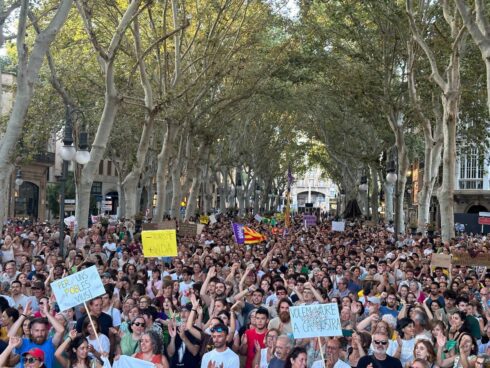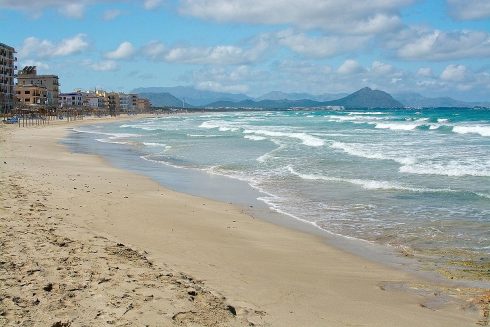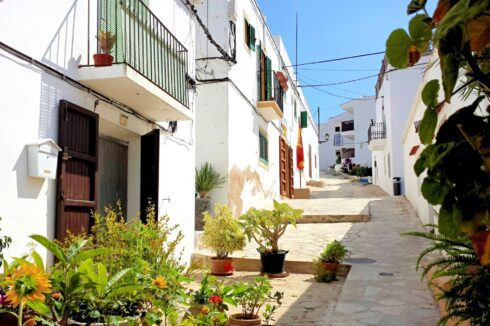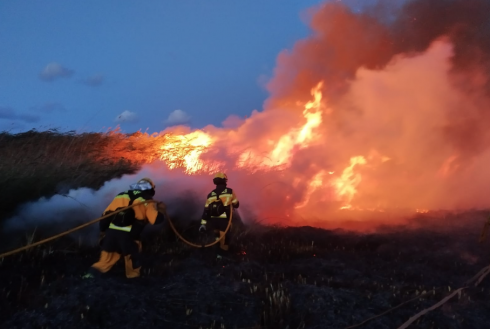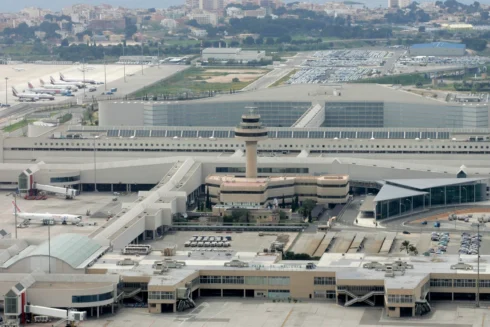WATER reserves in the Balearic Islands have seen a welcome boost in November, jumping to 54%.
This is an eight-point rise from October’s levels thanks to heavy rainfall at the start of November, according to the Balearic Government’s Ministry of the Sea and Water Cycle.
Mallorca has made the most significant gains, with reserves climbing from 47% to 56%, while Menorca saw a smaller rise from 45% to 48%. But it’s Ibiza that remains the weakest link, creeping up from 32% to 37%, and still holding the title of the most vulnerable island when it comes to water supplies.
READ MORE:
Across the archipelago, nine out of 10 water management units (UDs) have seen their reserves increase, especially in areas like Tramuntana Sud, Tramuntana Nord, Formentera, and Artà.
Thanks to the improvement, 31.1% of the Balearic Islands (including Migjorn, Tramuntana Nord, and Tramuntana Sud) have returned to a ‘normal’ water situation, while the remaining 68.9% – including Menorca, Formentera, and parts of Mallorca – are still under pre-alert for drought.
No areas are in full alert, signalling an overall improvement in the water crisis.
Despite the boost in reserves, the alert status for certain areas hasn’t changed. Artà, Es Pla, and Formentera remain on alert.
November saw average rainfall levels, with the islands receiving 83.7 litres per square metre – close to the usual 84.7 l/m²


